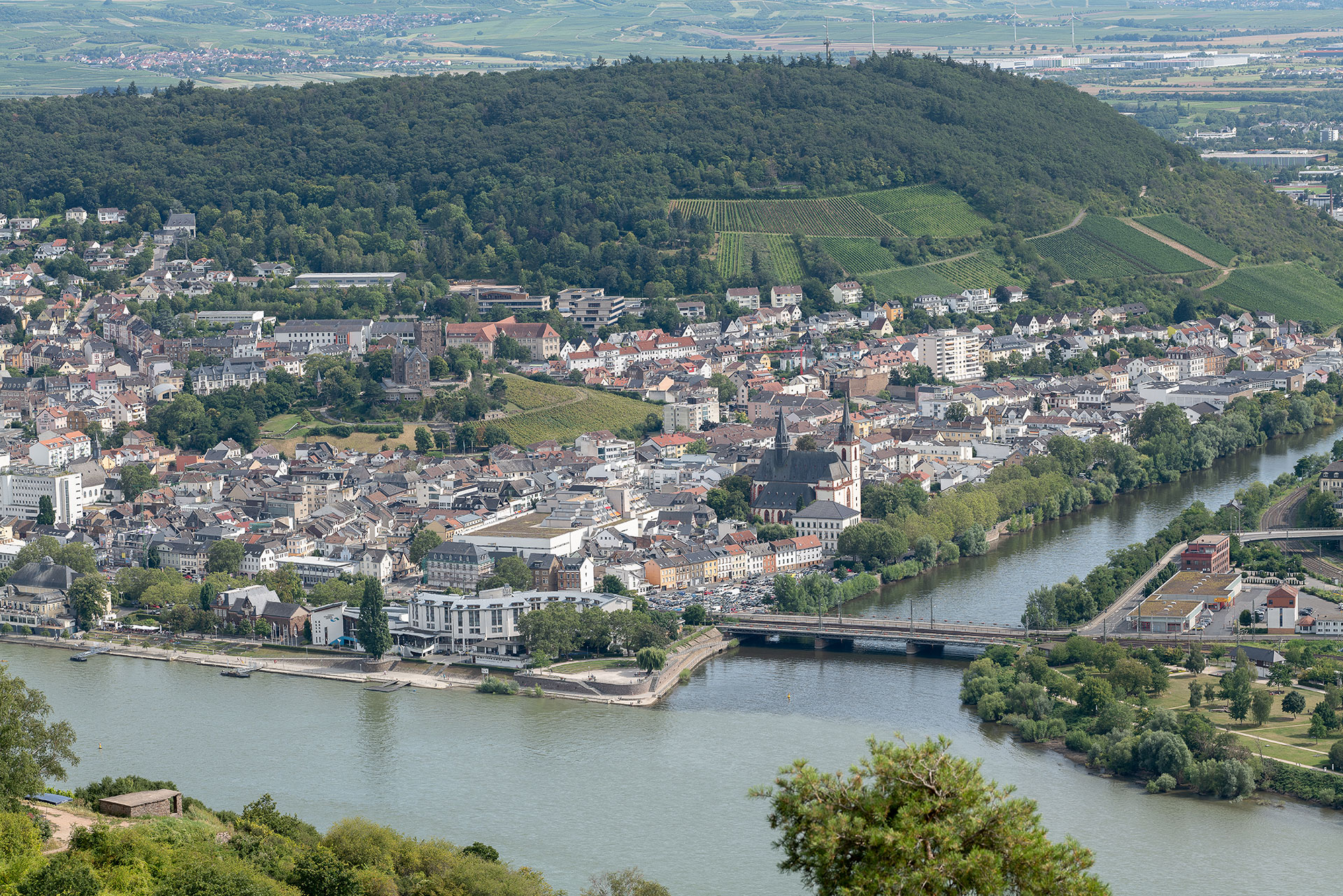
How to Capture the World Through Your Lens
Travel photography is an exciting genre that combines art, exploration, and storytelling. It not only helps preserve memories of trips but also provides a unique way to express a creative vision. This article will cover the basics of travel photography and share some essential tips for beginners.
What is Travel Photography?
Travel photography is a genre encompassing landscapes, architecture, locals, cultural events, and natural landmarks. The goal is not only to capture beautiful sights but to convey the atmosphere, character, and unique essence of each location.
Unlike simple “snapshot” photography, travel photography is more intentional, as the photographer carefully considers framing, lighting, and composition to create images that resonate with viewers and tell a story.
Main Types of Travel Photography
Travel photography can include various styles:
- Landscape Photography: Capturing natural beauty like mountains, lakes, beaches, deserts, and other scenic spots.
- Architectural Photography: Showcasing unique structures, historical landmarks, modern skyscrapers, and cityscapes.
- Street Photography: Capturing everyday moments of people in different cultures and countries.
- Travel Photography: Combining all the elements above to create a complete visual journey.
Choosing the Right Equipment
While modern smartphones can take high-quality photos, travel photographers often use DSLRs or mirrorless cameras for more professional results. Here are some tips on equipment:
- Camera: A lightweight, compact model with interchangeable lenses is ideal. Mirrorless cameras are popular for their portability and image quality.
- Lenses: A versatile zoom lens (e.g., 24-70mm) is suitable for most situations, from landscapes to portraits. Wide-angle lenses capture panoramic scenes, while telephoto lenses highlight distant details.
- Tripod: Essential for long-exposure shots, nightscapes, or self-portraits against scenic backdrops.
- Filters: Polarizing and neutral density filters can enhance image quality, especially in bright lighting conditions.
Basics of Composition and Lighting
- Rule of Thirds: A key principle where you divide the frame into thirds horizontally and vertically, positioning the main subjects along these lines for balance.
- Leading Lines: Use roads, rivers, buildings, or other lines to direct the viewer’s attention to focal points in the frame.
- Natural Framing: Utilize windows, arches, trees, or other objects to create a frame within your frame, adding depth and context.
- Lighting: The “golden hour” (shortly after sunrise or just before sunset) offers soft, warm light. Midday light can be used creatively to produce dramatic shadows.
How to Capture the Atmosphere and Culture of a Place
- People and Emotions: Show local residents, their traditions, and daily lives to bring a human touch and depth to your photos.
- Small Details: Focus on more than just famous landmarks—colorful markets, signs, traditional foods, and street performers can bring vibrancy to your images.
- Context: Always aim to convey the setting. Including elements like architecture or nature helps create a complete impression of a place.
Practical Tips for the Travel Photographer
- Research Your Destination: Learn about key landmarks and cultural nuances beforehand to plan shots and avoid missing important moments.
- Be Prepared for Spontaneity: Some of the best photos come from unplanned moments, so always keep your camera handy.
- Respect Local Customs: Remember that not everyone wants to be photographed. Respect people, their culture, and avoid taking pictures in situations where it may be inappropriate.
- Experiment with Different Angles: Try shooting from a low angle to make objects appear larger or a higher vantage point for sweeping panoramas.
Post-Processing
After capturing your photos, editing can enhance their impact. Key tools include Adobe Lightroom and Photoshop. Here are some editing tips:
- Color Correction: Adjust color and contrast to make images more vivid and engaging.
- Cropping: Refine the composition and remove unnecessary elements.
- Detail Enhancement: Add sharpness and reduce noise to make photos more polished.
How to Develop Your Skills
- Practice Regularly: Take photos often, even when not traveling, to become more familiar with your camera and improve composition skills.
- Learn from Professionals: Study the work of renowned travel photographers, read books, and attend workshops.
- Share and Get Feedback: Post your photos on social media, blogs, or photography platforms like Instagram or 500px to receive feedback and build connections.
Conclusion
Travel photography is a unique way to see the world through a lens and share your discoveries with others. It teaches observation, patience, and the art of finding beauty in everyday moments. Don’t hesitate to experiment, learn new techniques, and explore the world with your camera in hand. Your next adventure could become not just a trip but a true creative project!
______________________________________________________________________________



0 Comments